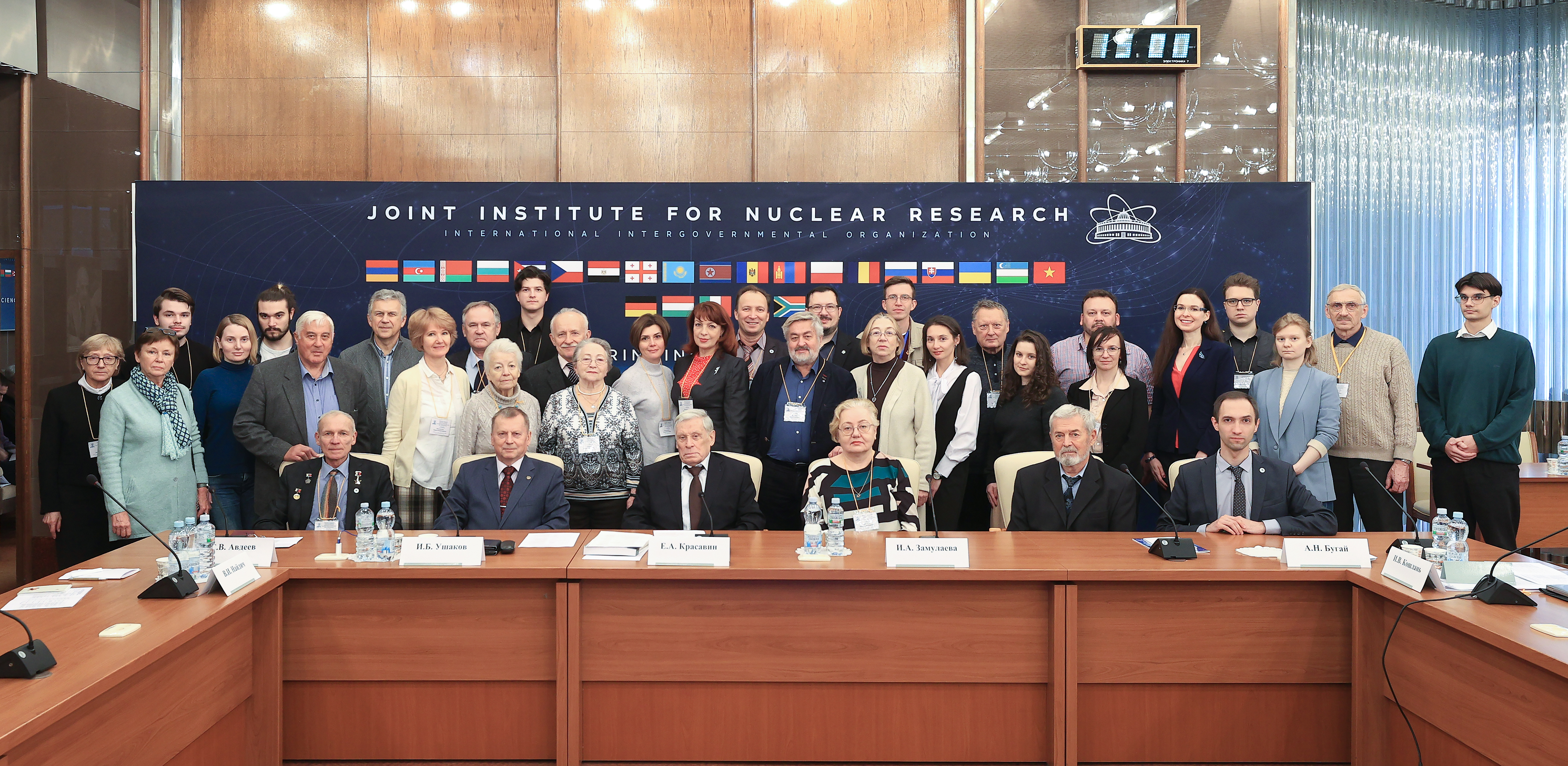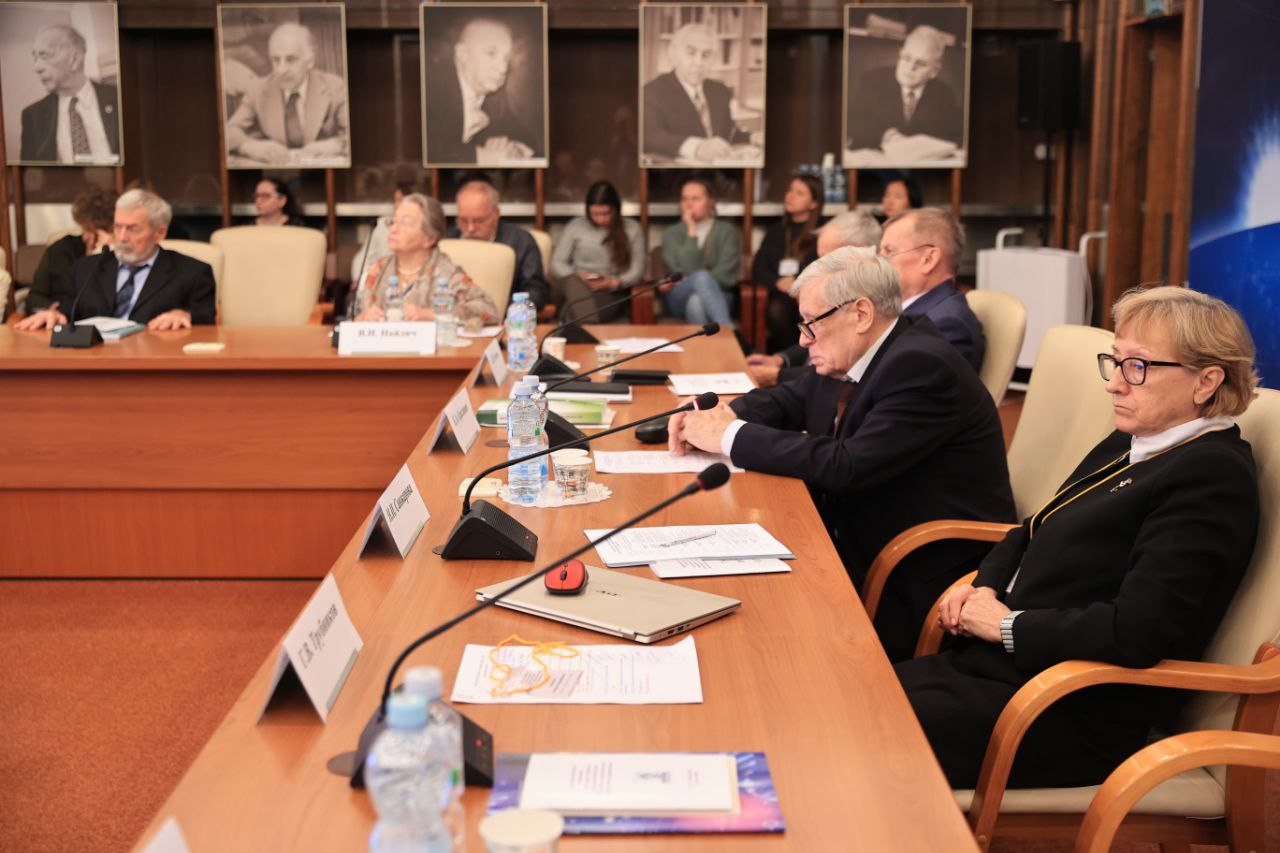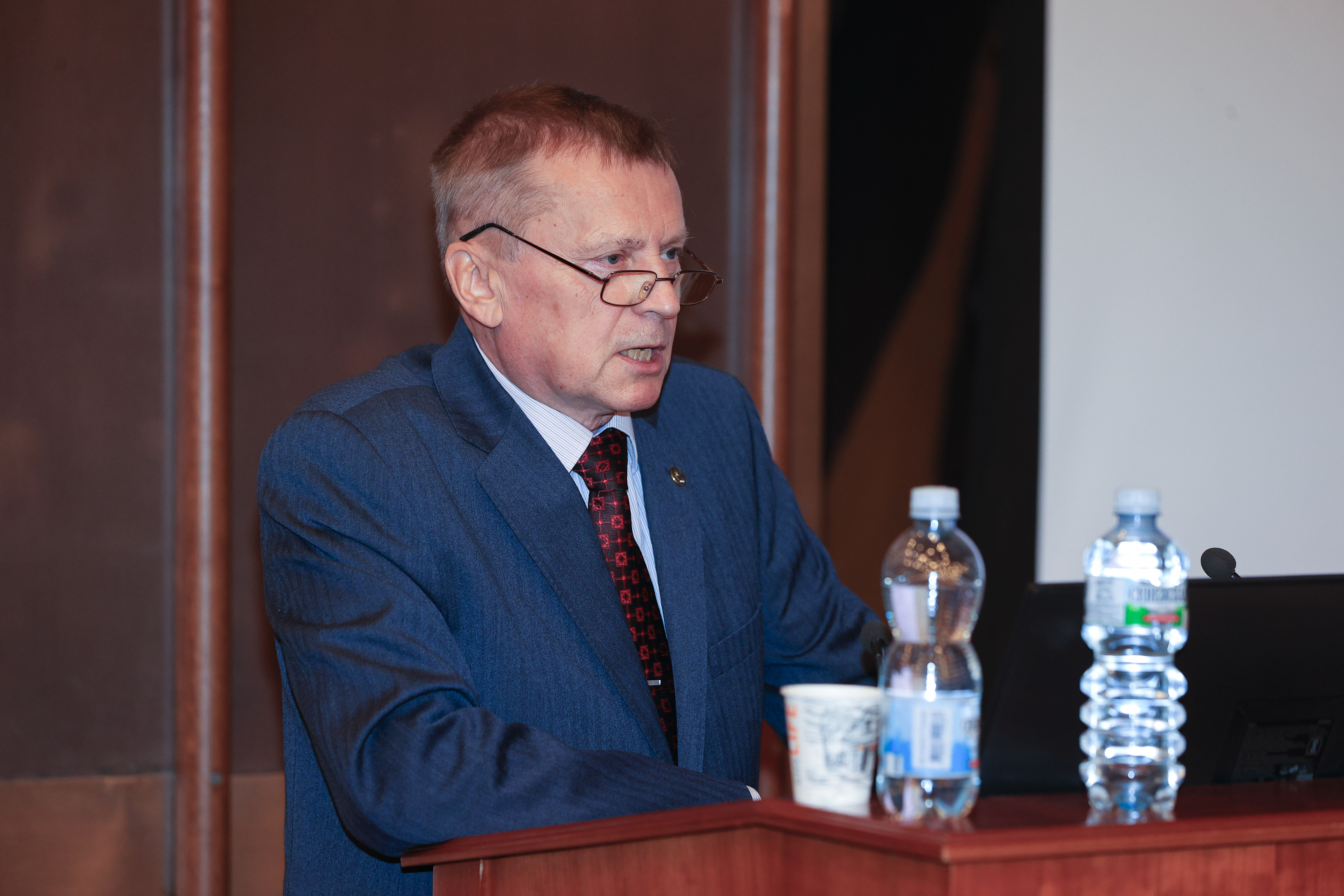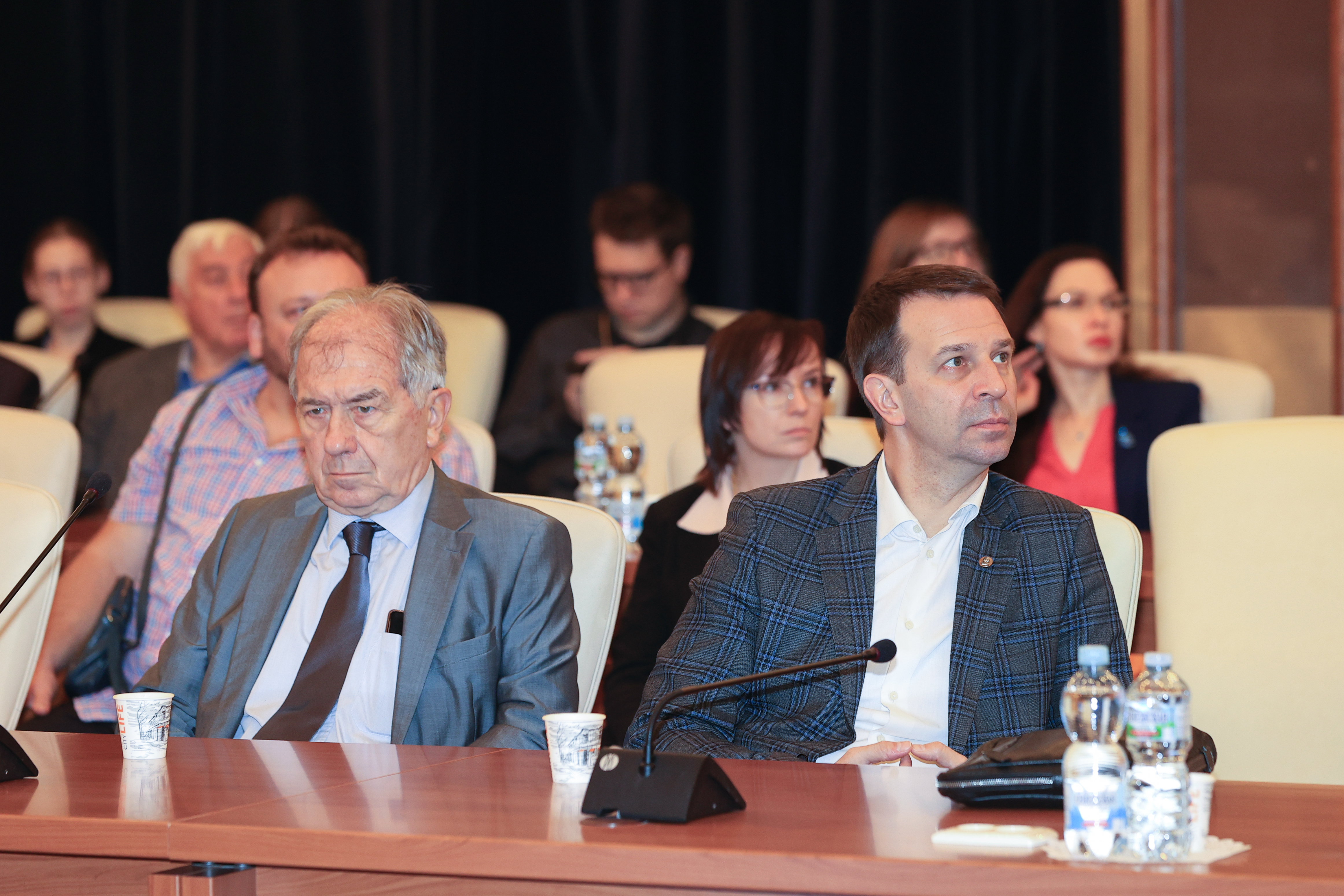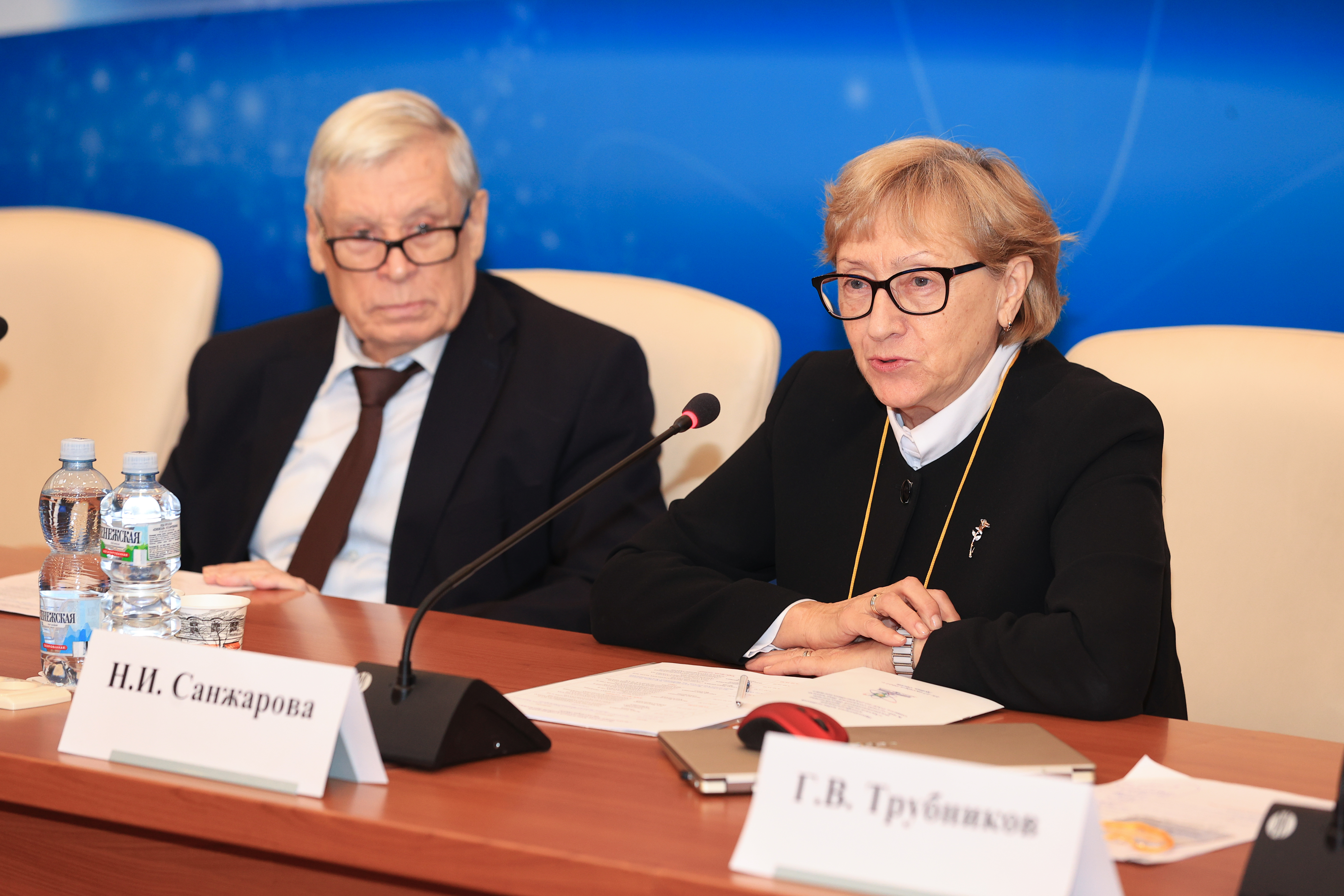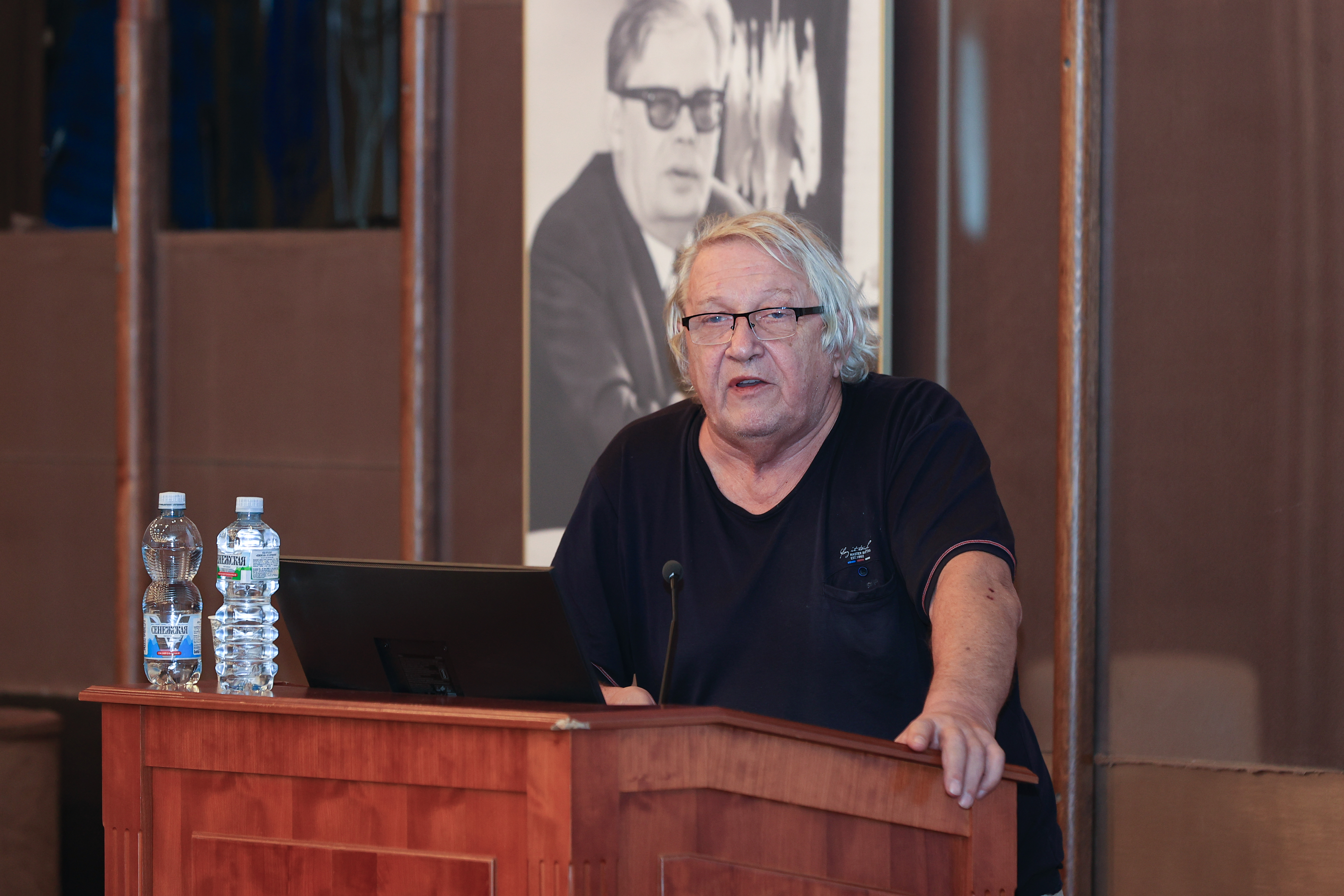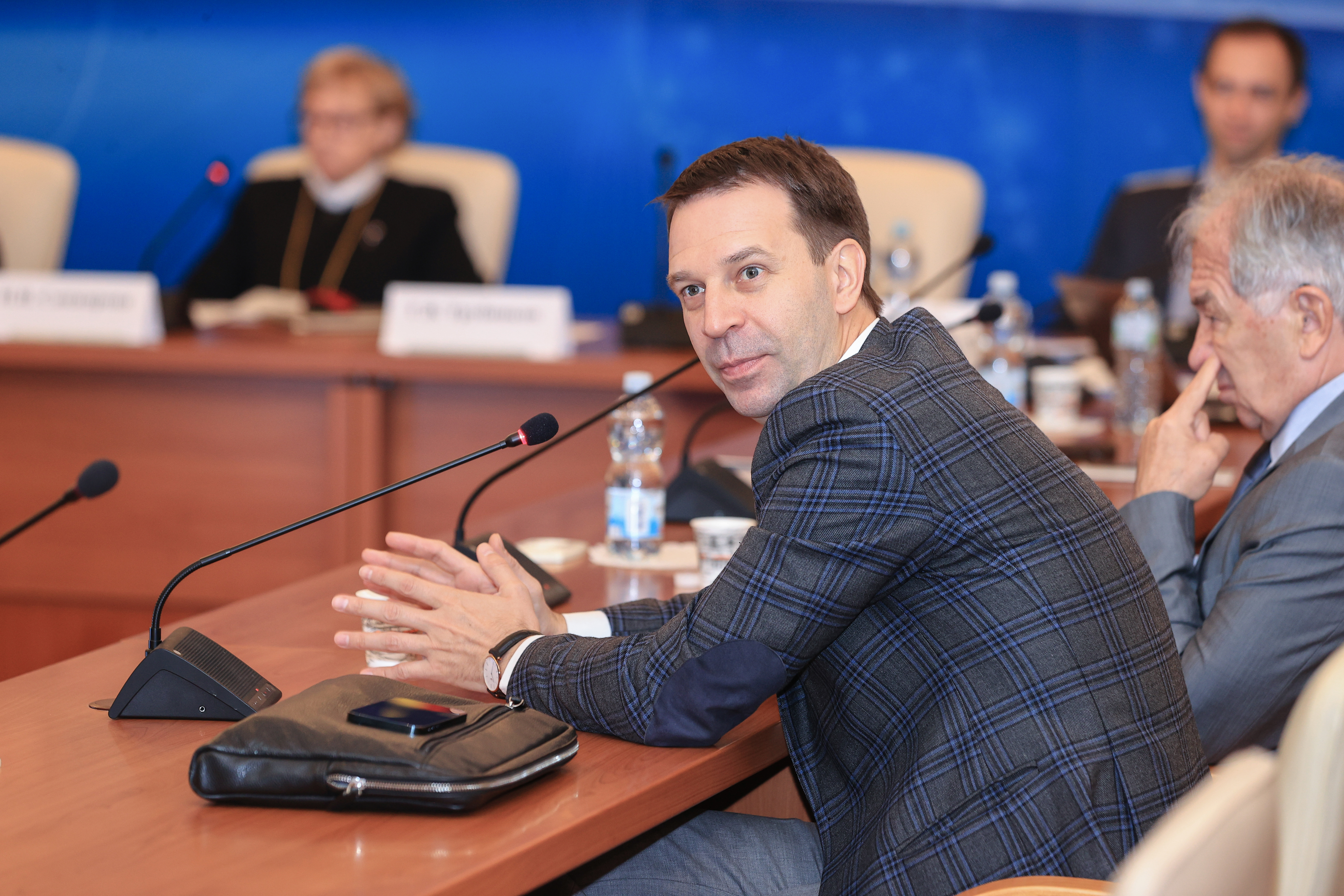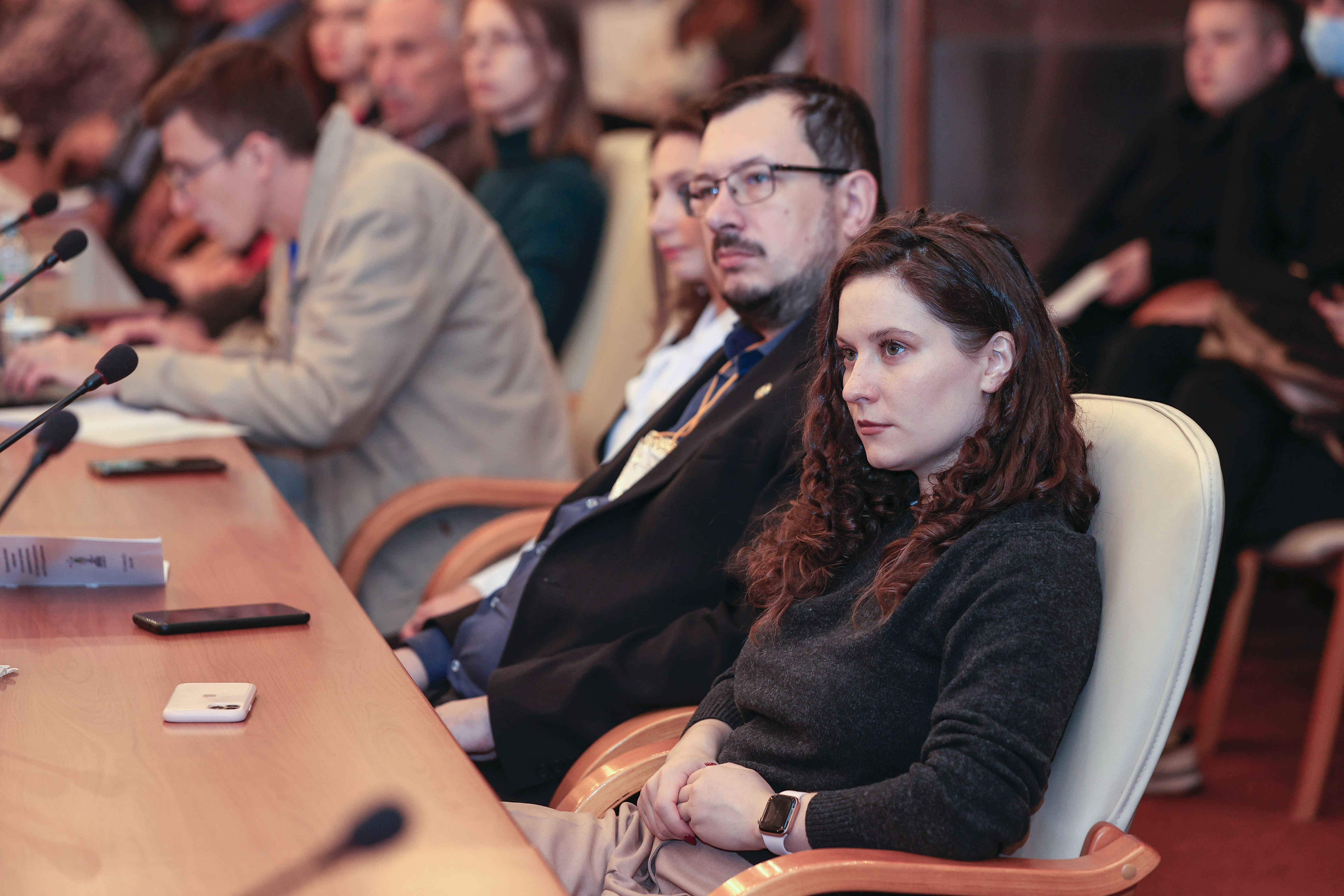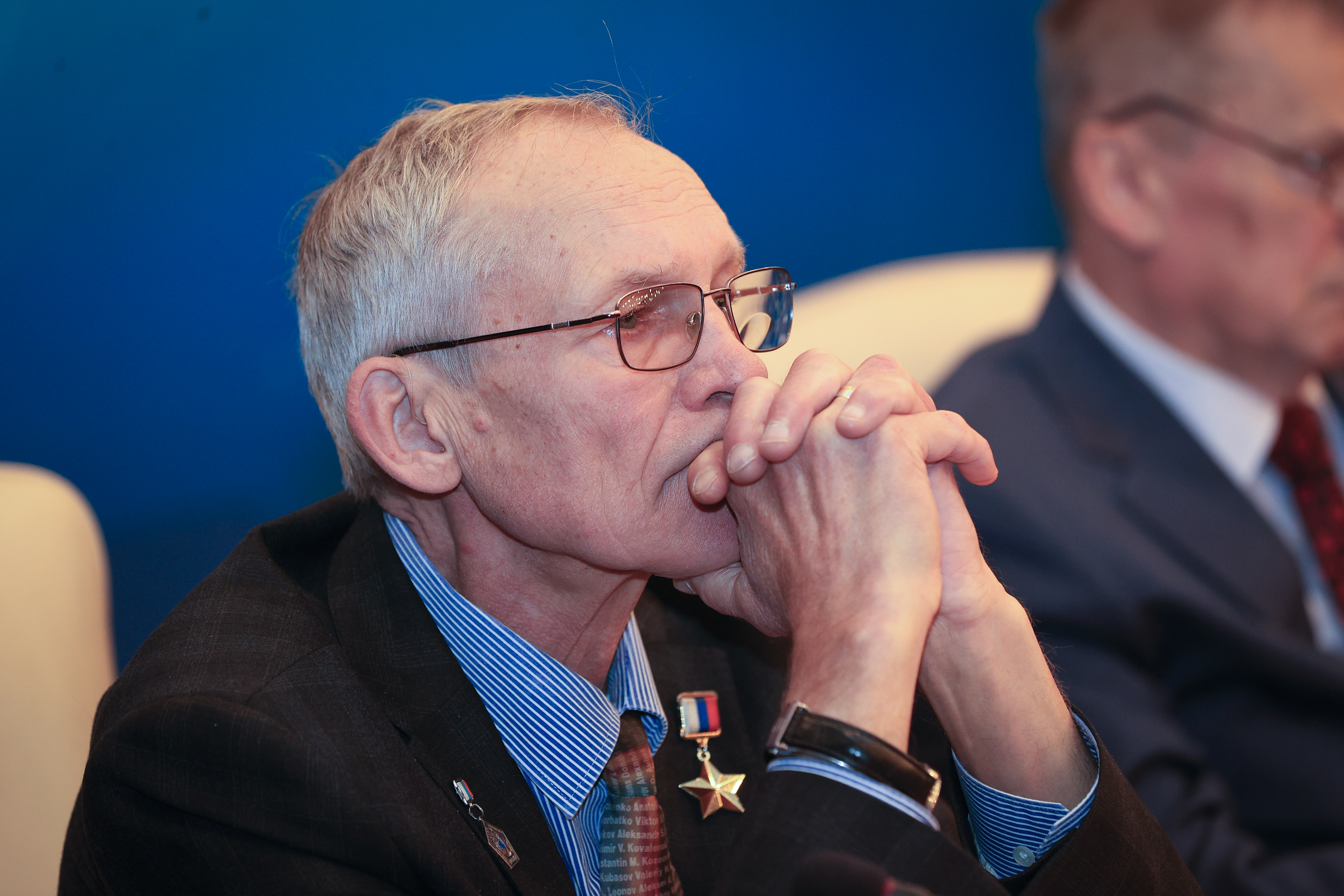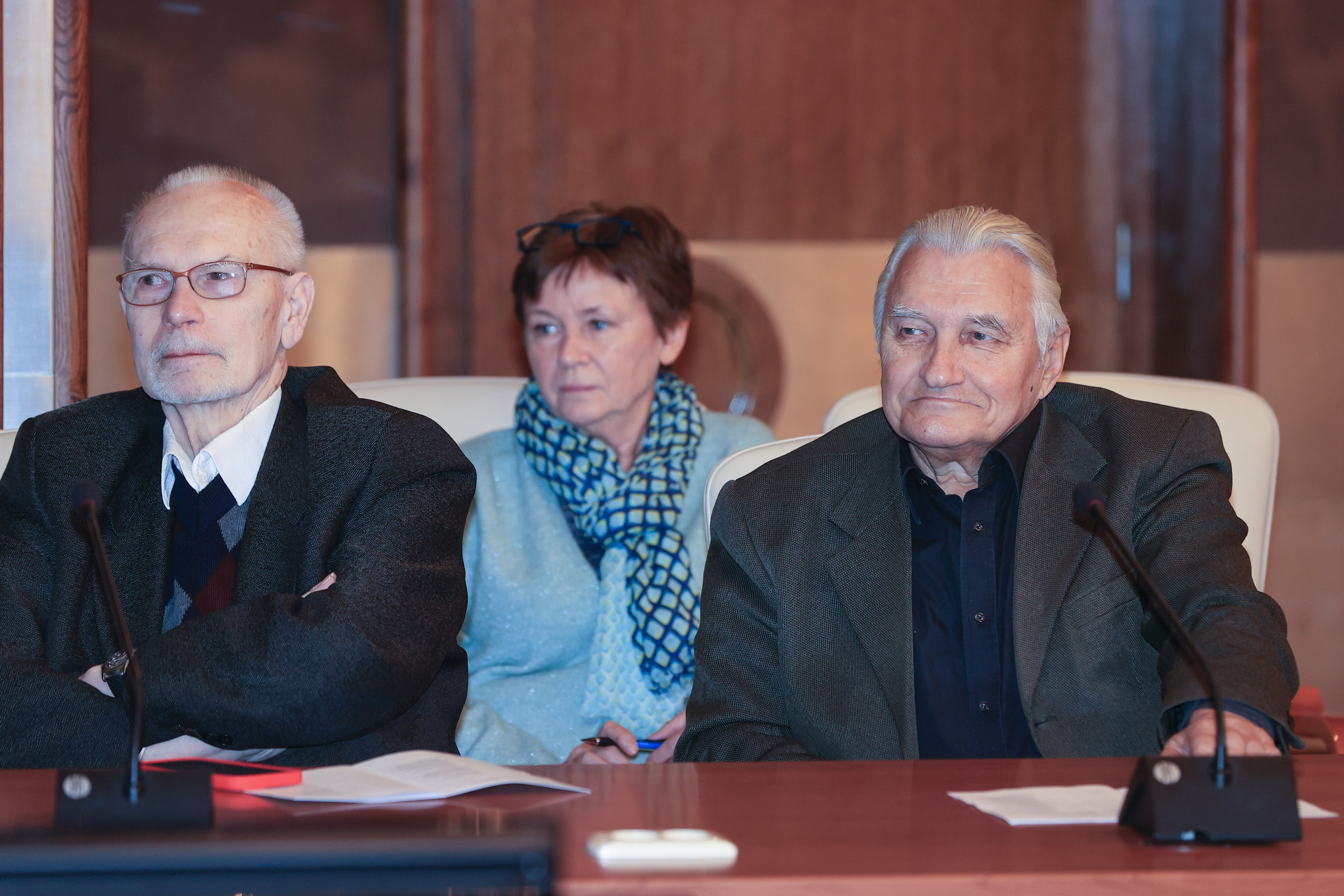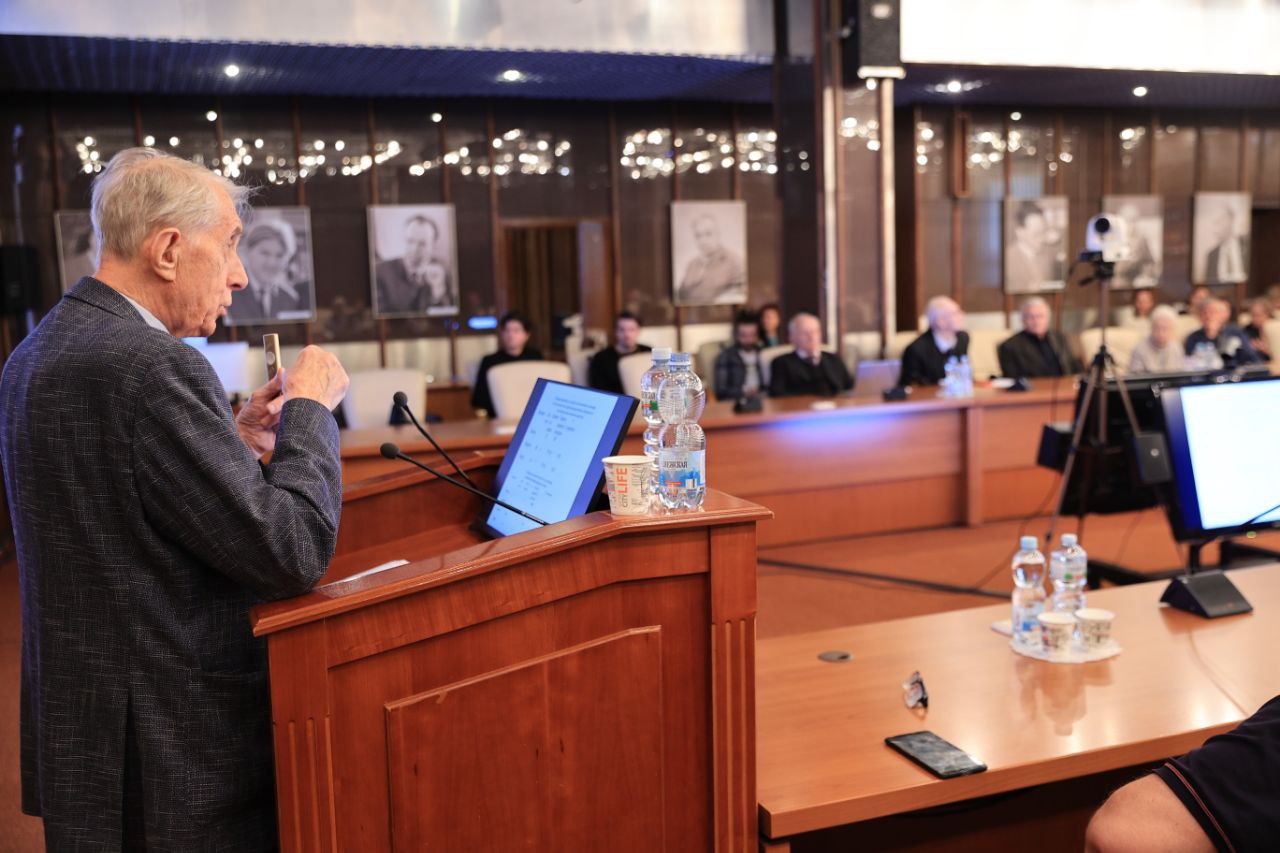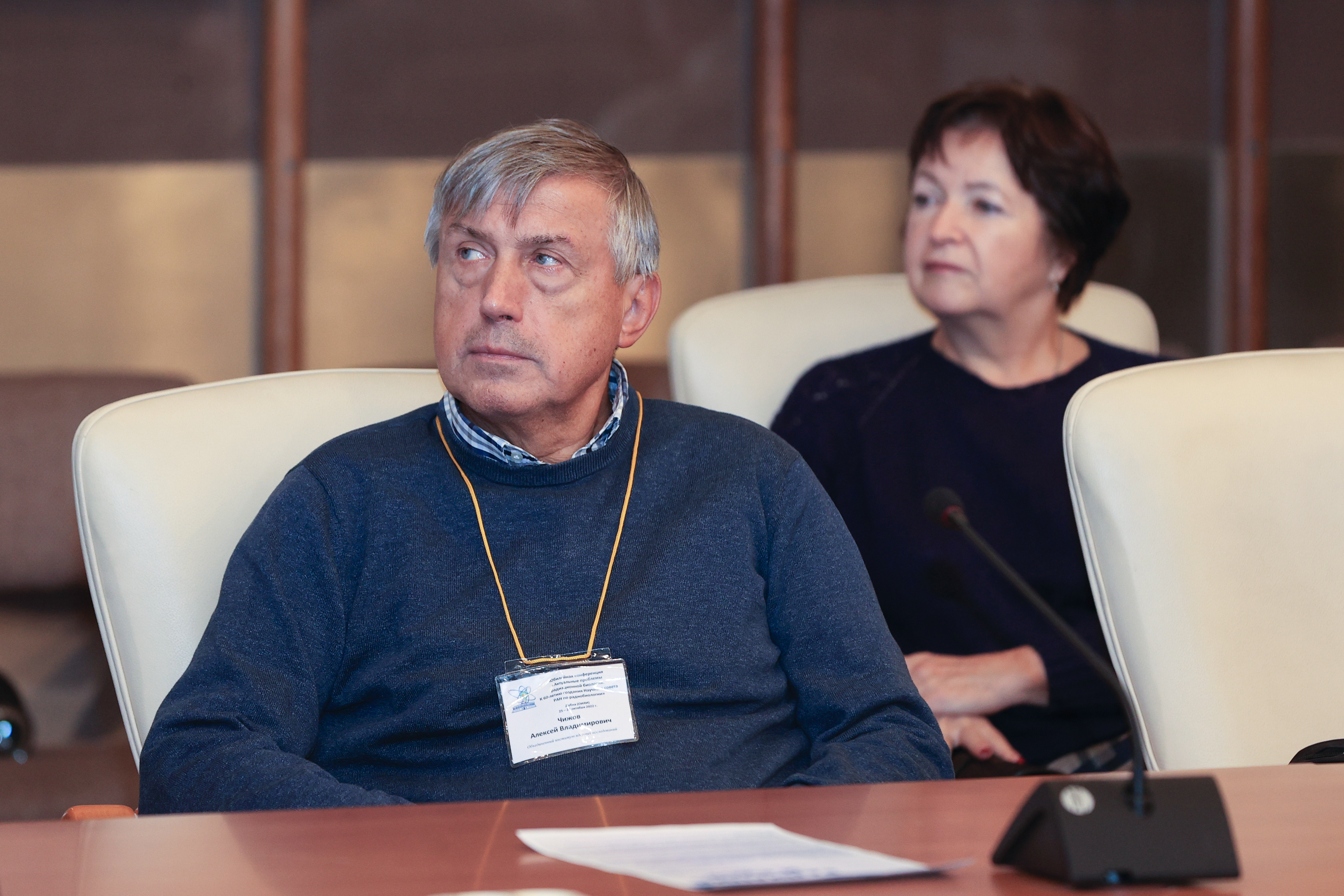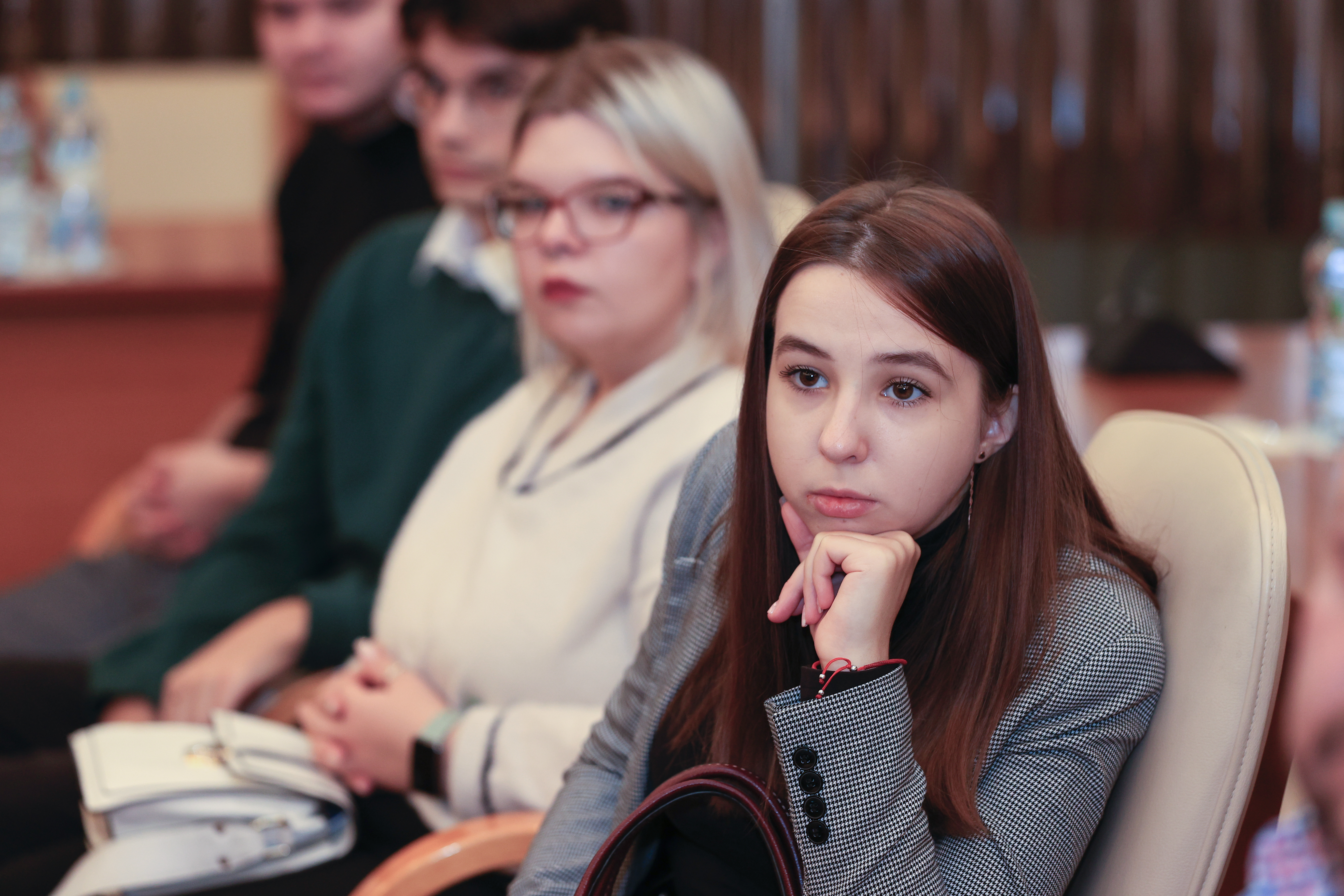At conference on current problems in radiation biology
News, 26 October 2022
On 25 – 27 October, a conference “Current Problems in Radiation Biology” is continuing in the JINR International Conference Centre. Members of the RAS Scientific Council on Radiobiology and experts in radiation and radiobiological research from Russia’s leading relevant research centres take part in the event.
On 25 October, the conference was preceded by a plenary session of the RAS Scientific Council on Radiobiology. On 26 October, speaking about the importance of the scientific programme of the event, Co-chair of the Conference, Scientific Leader of RIRAE, RAS Corresponding Member Natalia Sanzharova noted, “Only when we have Scientific Councils meetings, we get an opportunity to hear our colleagues who work in other fields. It provides an opportunity to learn about achievements and challenges, and discuss radiobiology as a complex interdisciplinary science.”
Scientific Secretary of the Laboratory of Radiation Biology JINR Igor Koshlan spoke about the mission of the Conference, “The aim of the event is to outline the prospects for radiobiology per se. Plenary reports that will be presented today and tomorrow are essentially strategic. The programme of the RAS Research Council on Radiobiology includes 13 directions, and reports will be presented on each of them. These presentations will include the prospects for further development in these areas.
Among the first speeches made by scientists was a presentation by chief researcher of the A. I. Burnazyan State Medical Centre, RAS Academician Igor Ushakov. The report addressed issues of space radiobiology and the risks posed by long-duration spaceflights. Igor Ushakov said that Russia plans to create a medical register of cosmonauts. Based on its data, it will be possible to monitor health parameters independently and make forecasts of possible diseases.
Head of the Laboratory of Ecological Genetics at the Institute of General Genetics RAS, Editor-in-Chief of the journal “Radiation Biology. Radioecology” Alexander Rubanovich discussed in his presentation the epigenetic aspects that influence the differences in the human genome, which are decisive for individual radiosensitivity and ageing processes. There are specific genes that are methylated, that is, there is a chemical modification to the DNA that characterises a particular impact and is the current imprint of the genome. In the future, it may be possible to use this imprint to determine individual organism radiosensitivity and identify candidates suitable for deep space flights.
Other issues addressed at the Conference include the implementation of radioprotectors and radiosensitisers into medical practice; issues of modern radiation therapy; analysis of the consequences of accidents in Chernobyl and Fukushima; the combined effect of radiation and hypogravity on astronauts; the impact of non-ionising radiation on human health and many others.
The personnel of the Joint Institute will present three papers at the Conference. Aleksandr Bugay, Director of the Laboratory of Radiation Biology, will speak about the development of mathematical models in radiobiology. Head of the LRB Fluorescence Microscopy Group Vladimir Chausov will speak about the induction and repair of DNA double-strand breaks under the action of ionising radiation of different quality. A researcher from the LRB Radiation Physiology Sector Yuri Severyukhin prepared a poster report for the Conference on a comparative analysis of behavioural responses and morphological changes in the brain of rats after exposure to ionising radiations with different physical characteristics.
The Conference is held in a hybrid format in the Russian language and will run until 27 October.
JINR Weekly Newspaper: Comments by LRB Director A. Bugay on the conference (in Russian)
